Autofocus is a revolutionary feature in photography that has changed the way images are captured. With its arrival, photos have become more accurate.
Unlike manual focus, where the photographer adjusts the lens to achieve sharpness, autofocus technology automates this process, increasing the speed and accuracy of focusing in photography. This saves a lot of time, reduces missed shots, and helps photographers focus more on composition. With its advent, the photographer has forgotten manual focus and concentrates on capturing the photo well.
In this article, we will see how autofocus works, what its different modes are, and what the benefits of the camera that comes with it are.
Evolution of Autofocus Technology
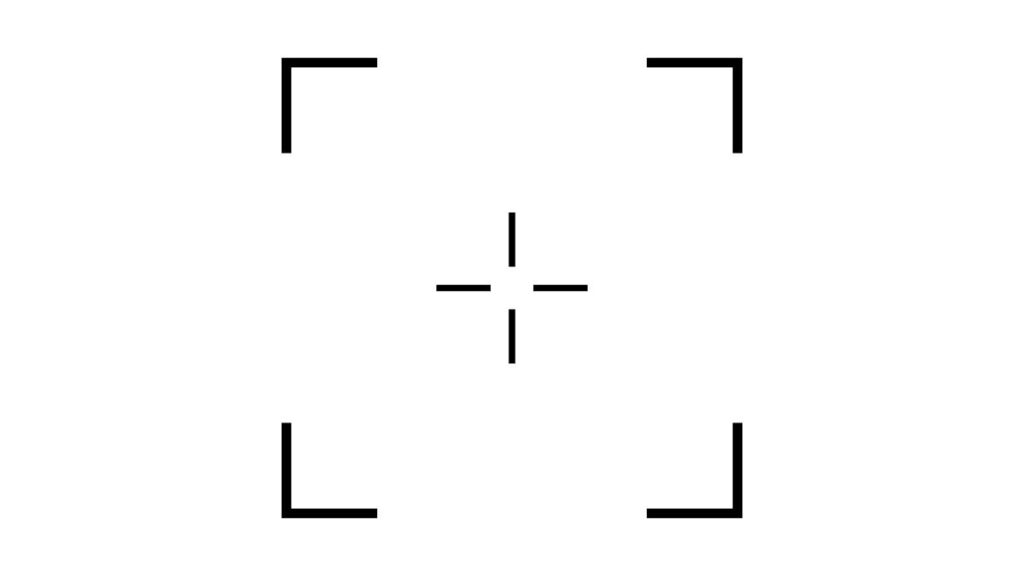
The development of autofocus technology has undergone significant evolution over the years, leading to improvements in speed, accuracy, and versatility.
1. First Generation: Active Autofocus
First, in the 1970s, the first autofocus systems were introduced. They used active autofocus technology, which emitted infrared rays from the camera to the subject and measured the distance based on the reflected rays. However, these systems were relatively slow and required a lot of power, making them of little use in everyday photo capture.
2. Second Generation: Contrast Detection Autofocus (CDAF)
In the 1980s, the industry moved to contrast detection autofocus (CDAF) systems. CDAF uses the camera’s image sensor to detect contrast variations in the scene, allowing more precise focus. However, CDAF was very slow initially but went very well later.
3. Third Generation: Phase Detection Autofocus (PDAF)
Phase detection autofocus (PDAF) was introduced in the late 1980s and early 1990s. PDAF uses a separate autofocus sensor dedicated to measuring the phase difference between light rays. This technology enabled faster and more accurate autofocus performance, especially for tracking moving subjects. PDAF soon became the standard autofocus system in SLR cameras. Due to which people started liking it a lot.
4. Fourth Generation: Hybrid Autofocus
Hybrid autofocus systems combining the benefits of both CDAF and PDAF emerged in the late 2000s. These systems use a combination of image sensor-based contrast detection and dedicated phase detection sensors, further improving focus speed and accuracy. Hybrid autofocus is commonly found in mirrorless cameras and some DSLRs nowadays.
5. Fifth Generation: Advanced Autofocus Algorithms
Modern autofocus systems use advanced algorithms and artificial intelligence to improve performance further. These algorithms analyze various factors such as subject detection, color, and motion, enabling more intelligent and accurate autofocus tracking. Some systems can also detect and focus on human eyes or specific subjects within a frame.
6. Sixth Generation: Dual Pixel Autofocus (DPAF)
Dual Pixel Autofocus (DPAF) is a special technology developed by Canon. It incorporates phase detection autofocus directly into each camera’s image sensor pixel. This allows for high-speed and accurate autofocus performance, especially in Live View and video recording modes. DPAF is widely used in Canon cameras.
How Autofocus Works

Autofocus works by using a combination of sensors, algorithms, and motors to automatically adjust the focus of a camera lens. Here is a general overview of how autofocus works:
Focus Detection: The autofocus system uses sensors to measure the sharpness of the image. These sensors are contrast detection sensors, phase detection sensors, or a combination of both.
Analysis: Autofocus algorithms analyze the data from the sensors to determine the current focus position and the direction in which the focus needs to be adjusted.
Focus Adjustment: Based on the analysis, the autofocus system sends signals to the lens motor to move the lens elements to the correct focus position. The motor moves the lens either closer to or farther away from the image sensor, depending on the required focus adjustment.
Focus Confirmation: Some cameras provide visual or audible feedback to indicate when the subject is in focus. This can include a focus confirmation light, a beep, or an electronic viewfinder display.
Continuous Autofocus: Continuous autofocus, also known as Servo AF, refers to the camera’s ability to keep objects in focus while moving. It works by constantly adjusting and updating the lens focus while you’re shooting rather than locking the focus at a set distance.
Different types of autofocus systems
There are several different types of autofocus systems used in cameras, each with its own advantages and capabilities.
1. Contrast Detection Autofocus
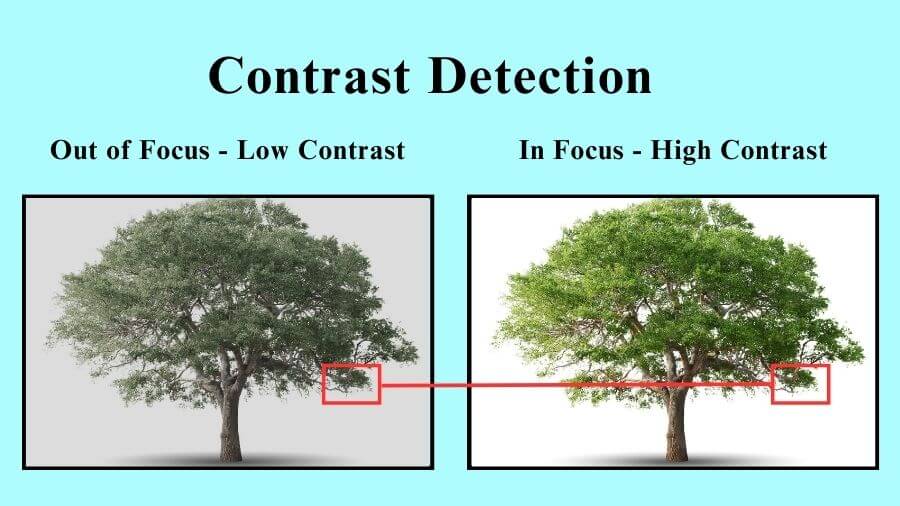
This autofocus system analyzes the contrast in the scene to determine the focus point. It compares the contrast between adjacent pixels and adjusts the focus until it finds the point where the contrast is highest. This method is commonly used in compact cameras and mirrorless cameras. It provides accurate focus but may be slightly slower compared to other systems.
2. Phase Detection Autofocus
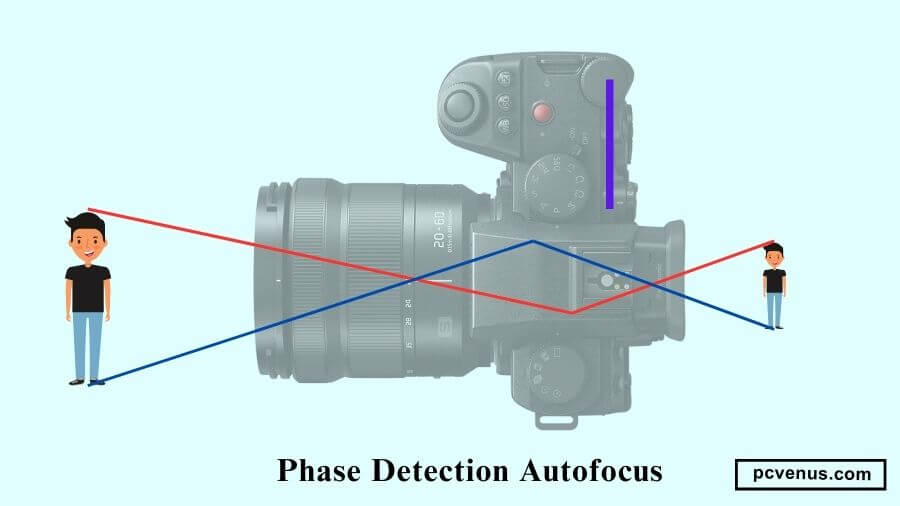
This autofocus system or camera focus uses a dedicated autofocus sensor that measures the phase difference between light rays coming from the subject. It splits the incoming light into two paths and calculates the distance to the subject based on the phase difference.
Phase detection autofocus is commonly found in DSLR cameras and some mirrorless cameras. This provides faster and more accurate focusing, especially useful when capturing moving subjects.
3. Hybrid Autofocus
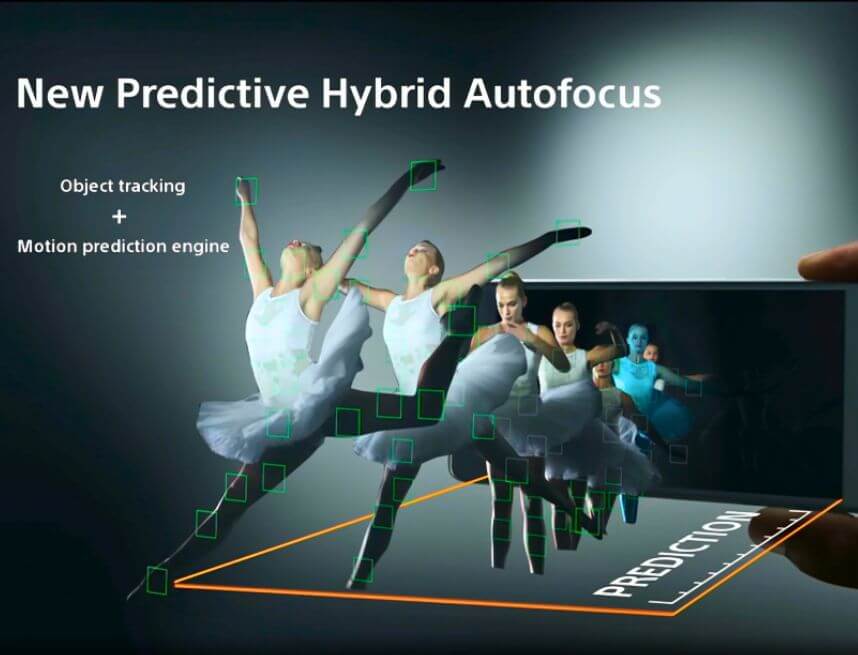
The hybrid focusing techniques combine both contrast detection and phase detection autofocus systems. It utilizes the advantages of both methods to achieve faster and more accurate focus in various shooting conditions.
Hybrid autofocus is commonly found in high-end mirrorless cameras and some DSLRs.
4. Dual Pixel Autofocus
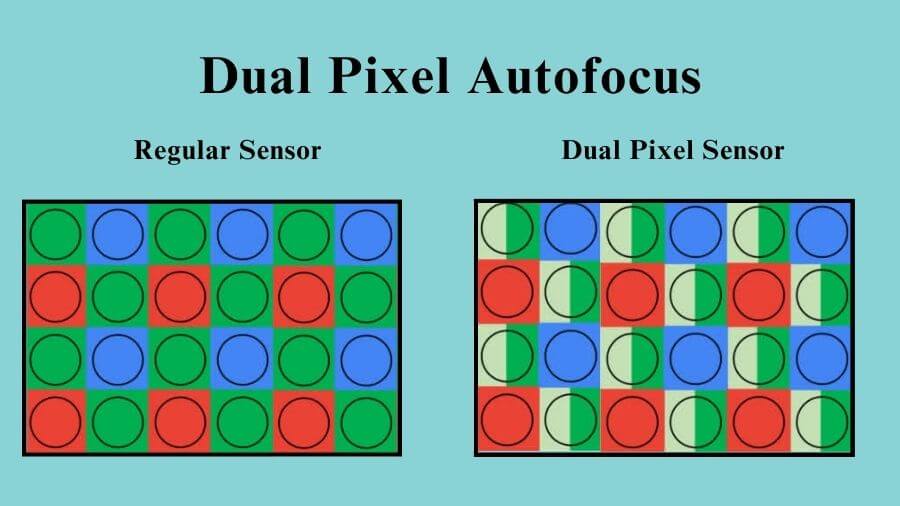
This dual-pixel autofocus system is a variation of phase detection autofocus and is primarily used in Canon cameras. It employs specialized pixels on the camera’s image sensor, which can perform phase detection autofocus by themselves.
Dual Pixel Autofocus provides excellent focusing speed and accuracy, particularly in live view and video recording modes.
You might Also Like
- What is AI? Everything You Need to Know
- How to Use ‘Find My Device’ in Windows
- Best Budget Laptops for Photo Editing
Advantages of Autofocus:
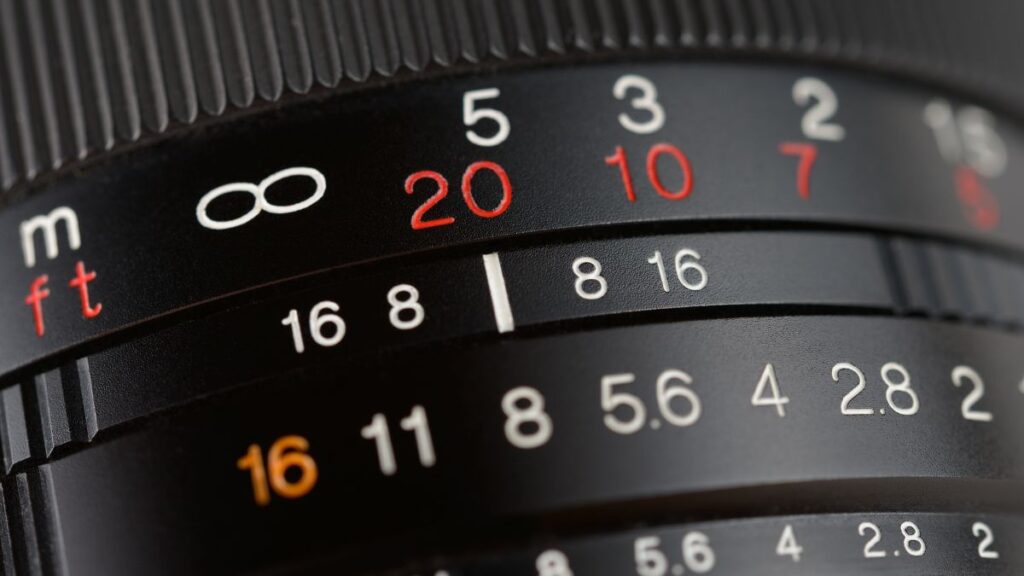
1. Convenience:
Autofocus eliminates the need for manual focus adjustment, making it easier and faster to capture clear images. Its greatest advantage is when the subject is moving or when there is limited time to set up the shot.
2. Accuracy:
Focusing techniques and systems are designed to be highly accurate, ensuring that the subject is focused with precision. This is especially useful when capturing detailed or complex subjects, such as macro photography or portraits, as precise focus is crucial.
3. Flexibility:
Autofocus allows photographers to focus on different subjects within a frame without needing to manually adjust the focus ring. This flexibility enables capturing various compositions and reduces the risk of missing important moments due to focusing errors.
4. Continuous Focus:
Many autofocus systems offer continuous autofocus (AF-C) mode, which tracks and adjusts focus as the subject moves. This is particularly advantageous in capturing fast-moving subjects, such as sports or wildlife photography, where maintaining focus on the subject throughout the motion is important.
Disadvantages of Autofocus:
1. Inaccuracy in Certain Conditions:
The autofocus system struggles in low-light situations or when the subject lacks contrast. This may result in incorrect focus or hunting. In such cases, manual focus or alternative focusing techniques may be required. It does not work well in low-light areas.
2. Misinterpreted Focus:
Sometimes, the autofocus system accidentally focuses on the wrong subject within the frame, especially in complex scenes with multiple subjects. This causes the intended subject to be out of focus or blurred.
3. Limited Control:
The autofocus system doesn’t always align with the photographer’s creative vision. They work based on predetermined algorithms and do not give priority to the desired area of focus. In these cases, manual focus allows greater control over the final image.
4. Noise:
Autofocus motors can produce audible noise when adjusting focus. This can be a concern in situations where silence is necessary, such as during video recording or in quiet environments.
Challenges and Advances in Autofocus Technology
1. Low-Light Performance:
Autofocus systems face challenges in low light conditions due to difficulties in detecting contrast or phase differences. Manufacturers address this by improving sensitivity and using advanced algorithms for better focus analysis. Some cameras also use infrared or laser-assisted autofocus systems to enhance performance in low light.
2. Speed and Tracking:
One challenge in photography is to focus quickly and accurately, especially on moving subjects. Early systems were slow, but improvements in algorithms, sensors, and processing power have made autofocus much faster and more accurate. Modern cameras use advanced algorithms, AI recognition, and high-speed motors to track and focus on fast-moving subjects.
3. Subject Detection and Selection:
Autofocus systems face challenges in identifying and tracking subjects in complex scenes. Manufacturers address this with advanced algorithms that recognize and prioritize subjects based on size, color, and distance. Some cameras provide touch-screen or joystick controls for users to manually select the focus point or subject.
4. Focus Accuracy and Calibration:
Precise focus is required to obtain clear images, but the autofocus system may have calibration problems, causing forward or backward focus. Modern cameras have autofocus micro-adjustment features, allowing users to fine-tune the focus for specific lenses or situations. This ensures consistent and accurate autofocus.
5. Eye and Face Detection:
A recent autofocus advance is eye and face detection, allowing the camera to automatically focus on the subject’s eyes or face. This ensures sharp focus in portrait and people photography, especially important for capturing expressive and eye-catching images.
You might Also Like
Final Word
Autofocus provides fast and accurate focus, making photos and videos appear correct and clear. Also, manual focus adjustment has been removed, which means the photographer focuses more on composition and creativity instead of manual focus adjustment. Besides this, time is also saved. With its advent, the process of achieving focus has become more accessible. Due to this simple process, there has been a revolution in photography.
As technology advances, so does the accuracy of autofocus. The evolution of autofocus in photography has continually improved the speed, accuracy, and versatility of capturing images.
It has many advantages, but in low light, it does not achieve that good accuracy, which is why the photos and videos are blurry. Let us see; work is going on right now; in the coming days, more accuracy can be seen even in low-light environments.
FAQs
Autofocus is a standard feature on most modern digital cameras, including point-and-shoot cameras, DSLRs, and mirrorless cameras.
Continuous Autofocus (AF-C) is ideal for capturing moving subjects, as the camera continuously adjusts focus to keep the subject sharp.
Yes, most cameras allow users to switch between autofocus and manual focus modes. This flexibility is especially useful in situations where manual control is preferred.
Face and eye detection technologies help the camera identify and focus on human faces or eyes, ensuring that these critical elements are sharp and well-defined in portraits.
While the principles are similar, smartphone cameras often use different technologies, including face detection, contrast detection, and AI-driven autofocus, to optimize performance in a compact form factor.




